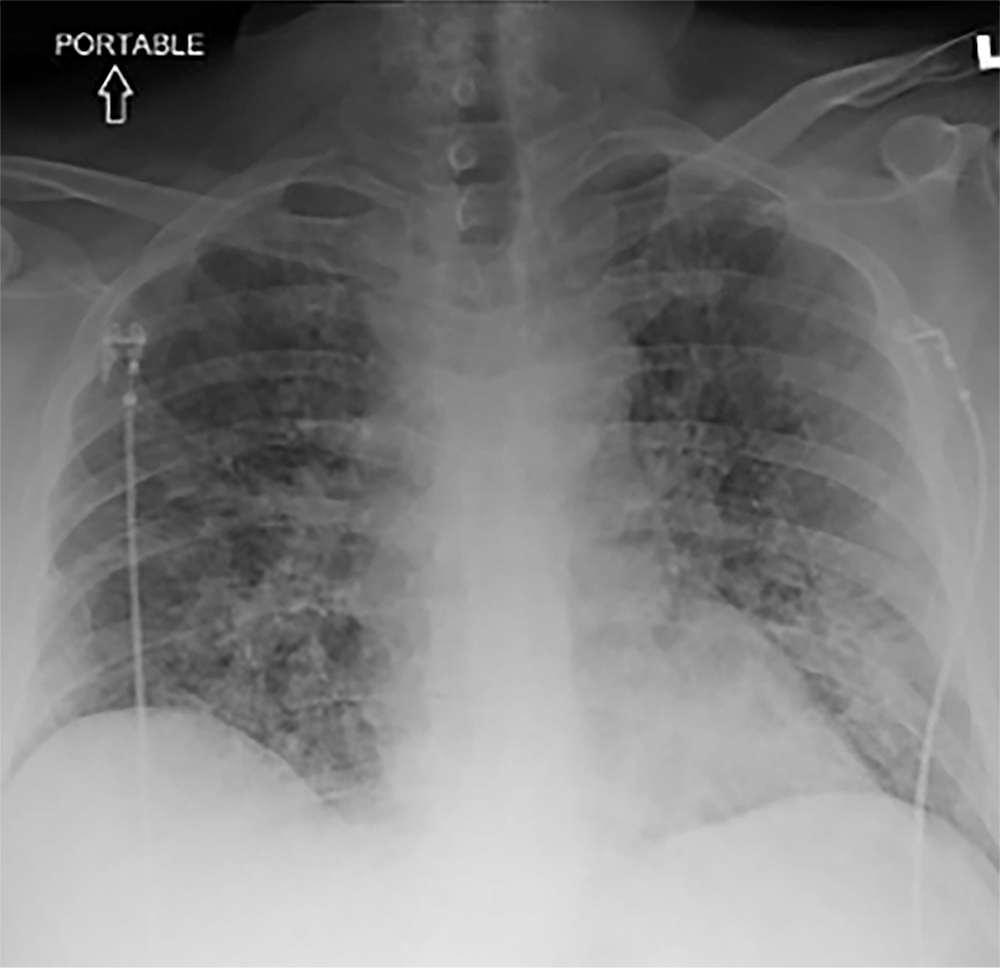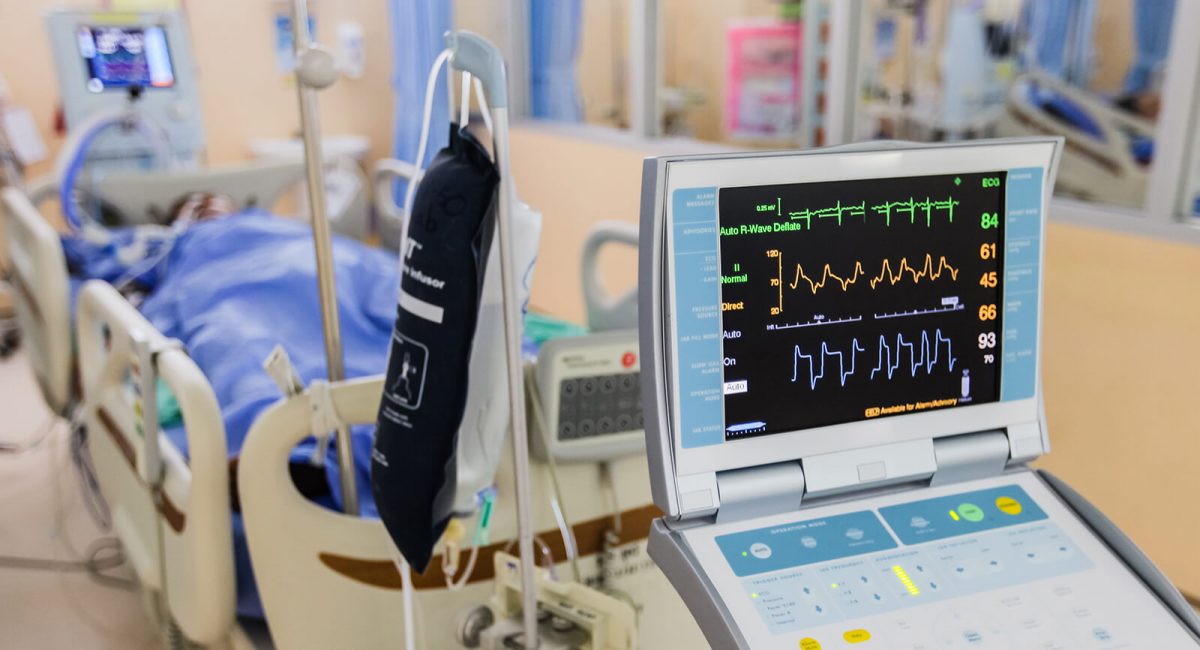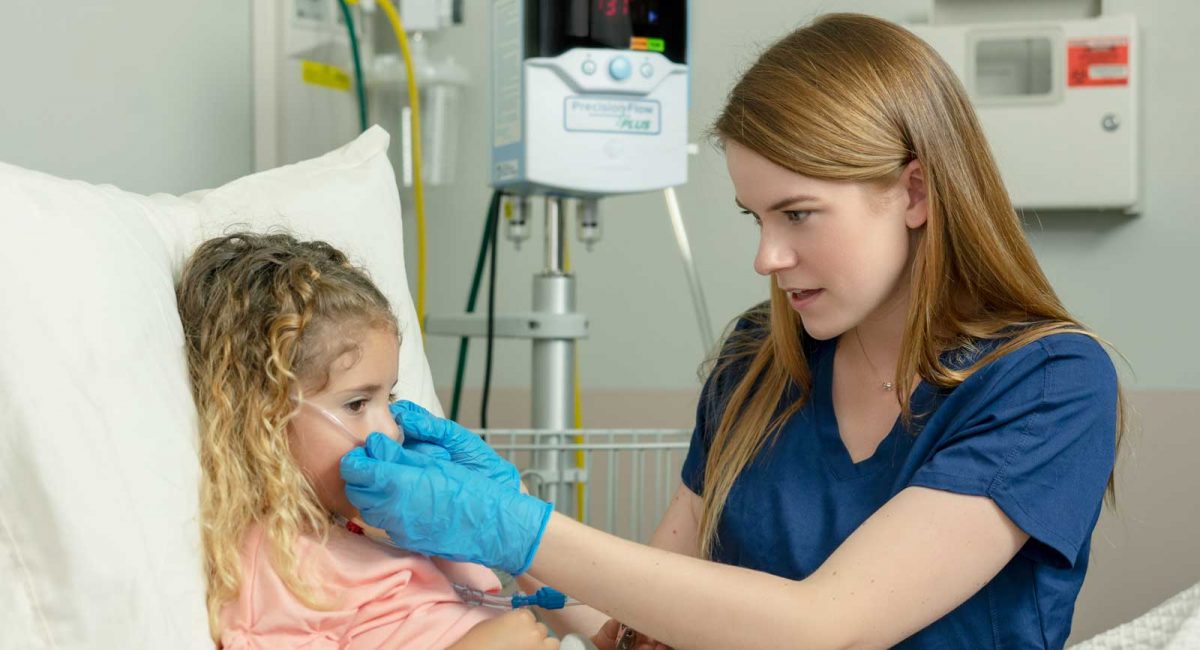Vapotherm Blog

Keeping This Complex COVID-19 Patient Off the Vent —A Case Story of Inhaled Epoprostenol, High Velocity Therapy, and Healthcare Team Perseverance
Although individual results may vary, Vapotherm believes this case story is an example of the clinical benefit Vapotherm’s high velocity therapy can have in an ICU setting. About six months into the COVID-19 pandemic, 61-year-old Ethan* was admitted to the ICU with complications from COVID-19 and comorbidities including stage III chronic kidney disease. Since the

Velocity – Ep 9 – Physicians discuss research on Mask-Free NIV for COPD patients
In this episode, Dr. Kirk Hinkley interviews esteemed researcher and pulmonologist Dr. Charles Atwood about the latest research concerning use of high velocity therapy for COPD patients. They discuss an article by Doshi and colleagues published in March of 2020 in Heart & Lung. Dr. Atwood breaks down the research and offers his insight as

BreatheTV Episode 25 – Importance of Early Mobilization | A Webinar with NAN Nathenson, RRT
Transcription Jeff Maglin: It’s now my pleasure to introduce our speaker Nan Nathenson. Nan is a respiratory therapist and educator. She has worked in nearly every level care including critical care and rehabilitation settings. In her experience, she has narrowed the gaps between levels of care. Bridging those gaps with an early mobility module can bring

How are Hospitals and Respiratory Care Departments Reimbursed for Respiratory Care Services?
For most products, paying for a service or item is a simple transaction based on the listed price. The merchant posts the price, the consumer agrees, makes the payment, and gets the product. As healthcare providers, we are bombarded with the question: ‘Why can’t you operate like other businesses?’ The short answer is that healthcare isn’t like other business because

What Authority/Influence Do Respiratory Care Leaders Have with Regard to Productivity Measures and Benchmarking?
In talking with Respiratory Therapy leaders about productivity for more than a few years, their responses about their authority range from ‘none’ to ‘done’. Those replying that they have no authority indicate that administration has chosen the metric to use for each department and there is no possibility of replacing this. For those replying ‘done’, they say that they were

What is Benchmarking and How are Performance Metrics Used for Benchmarking in the Context of RT Department Productivity?
In a previous blog, I went into detail about various metrics and how to assess the validity of metrics when examining Respiratory Department Productivity. Here I’m going to review commonly used metrics in our hospitals and define each, discuss the validity of each, and how to best capture and use these metrics so that you can effectively establish safe and effective staffing levels to

How are Respiratory Care Department Productivity Systems Captured and Tracked?
Having discussed the various performance metrics that are utilized in a previous blog, I’d like to discuss how these metrics are captured, tracked, and used within a Respiratory Care Department. The following questions will be addressed in this blog: Why metrics matter? How to evaluate the validity of metrics for RT Productivity? What metric(s) should be used for RT Productivity? Why Metrics

How are Respiratory Care Department Metrics Selected?
Before I dig into the specifics of evaluation and selection of performance metrics, it’s worthwhile to review how our respiratory care services and procedures were measured during the early decades of our profession and how dramatic a change we’ve witnessed in just the past few years. As ‘inhalation therapy’ evolved into ‘respiratory care’ in the 1970’s, we witnessed an explosion of our

Patients in New Pilot Study of Vapotherm High Velocity Therapy Showed Similar Outcomes to CPAP for Infants with Moderate to Severe Bronchiolitis
Vapotherm high velocity therapy has been clinically proven as a mask-free and seal-free alternative to CPAP for both, primary respiratory support for RDS and post-extubation support. [1] [2] A recent pilot study now also may suggest that high velocity therapy could be an alternative to CPAP for the treatment of infants with critical bronchiolitis. [3] Cesar and colleagues randomized 63 infants

What are the Components of the of Respiratory Care Department Micro-Costing System?
What is micro-costing? Micro-costing is a method to determine and document the costs of providing a procedure, service, or an episode of care. Micro-costing is a method that measures cost in terms of direct costs, indirect costs, variable costs, benefits, and overhead costs. Using it accurately allows you to figure out the real costs of the procedures you are providing which is helpful because only by